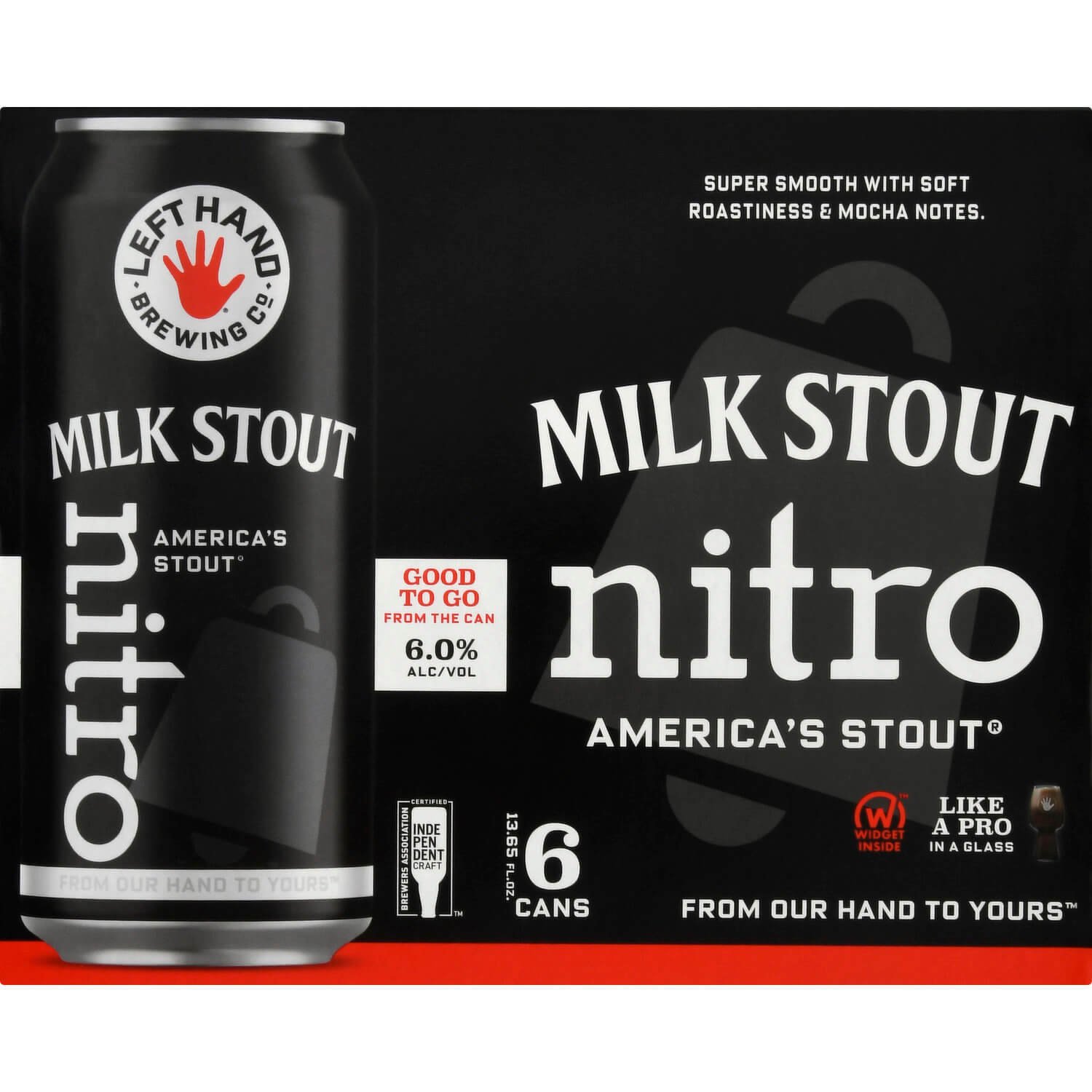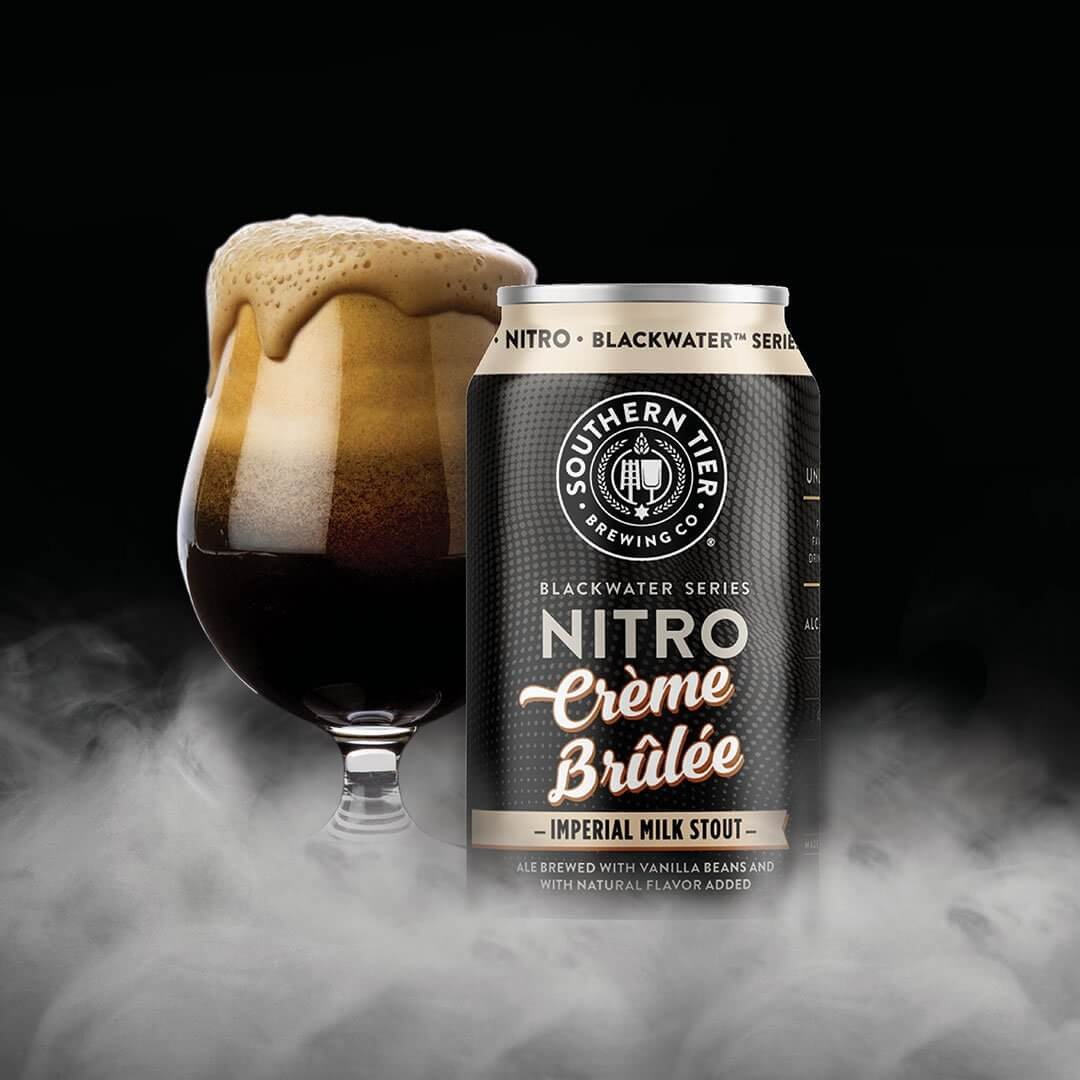Beer Style Guide: Get to Know Milk Stout with Em Sauter
One of the most interesting styles to come out of England is the Milk or Cream Stout, which is called Sweet Stout in the UK for legal reasons as the product doesn’t contain milk in the “normal” sense.
History of Milk Stout
In the early 1900’s in England, innovation and marketing went hand and hand. Brewers started to brew with an unfermentable sugar derived from milk called “lactose.” This made the beer thicker, fuller and slightly sweeter. Breweries turned to advertising to market this beer as a health tonic, much in the same way of “Guinness is Good for You.” Milk stouts were marketed to the sick as well as nursing mothers. There have been studies that suggest drinking beer actually helps lactation so they weren’t that far off in their marketing approaches as my cousin was told by a doctor to drink milk stout after the birth of their son five years ago.
Milk stout has lost its popularity somewhat in the UK but during the microbrewery boom of the 1980’s and 1990’s, it became a brewpub staple. I have fond memories of drinking growlers of Keegan Ales flagship “Mother’s Milk” during college as the brewpub advertised in our local college newspaper in the early 2000’s.
Milk Stout in the US
With the “local” boom and where almost everyone in America lives within ten miles of a brewery, milk stouts are easier to find although the use of lactose and an imperial version of the style has been co-opted into what Alex Kidd from the popular meme site “Don’t Drink Beer” calls a “pastry stout” which uses lactose and other dessert flavors to brew a thicker, more sweet and robust version of the humble milk stout. These have taken off and lactose has found itself added to more and more beers, including styles that seem not proper for an unfermentable sugar. If you told me in 2010 that we’d be putting lactose in IPAs in 2022, I would have laughed at you. That’s why the beer world is so great- the ever evolution and creation of new beers.
The traditional milk stout starts with a typical stout base that is mostly pale malts with a fair amount of specialty malts like caramel, chocolate, black patent or even roasted barley. The sugars in the lactose add the fullness of palate but it can also be brewed to extend that “chewiness” even further. Remember, malt has sugars in it too and the yeast don’t necessarily eat all of it so the malt adds to that palate fullness. Hop bitterness and flavor is very low. This is about the malt and sugars. Adjuncts can also be added for specialty flavors. Milk stouts focus on flavors like latte and dark chocolate with some light pear esters.
Food Pairing with Milk Stout
Milk stouts are excellent as a brunch beer since they mimic a coffee with milk vibe. I love them with a big stack of pancakes or French toast. They are also great on their own for dessert when made with ingredients such as chocolate or vanilla. All hail the pastry stout!
Beers to Try
Left Hand Milk Stout
The American classic. Left Hand also benefited from making a nitro version of this in can and bottle and both versions are spectacular.
Duck Rabbit Milk Stout
The dark beer specialists of North Carolina obviously make a milk stout and it’s a great one. Put this six pack in your fridge for year round enjoyment.
Southern Tier Crème Brûlée Imperial Milk Stout
The pastry category is booming and one of the first large breweries to do this style was upstate NY based Southern Tier. Their Crème Brûlée is thick and creamy and perfect as a dessert. Editor’s note: Not currently available, the Blackwater series now consists of Thick Mint Imperial Milk Stout, Hot Cocoa Imperial Milk Stout and S’mores Imperial Milk Stout.




